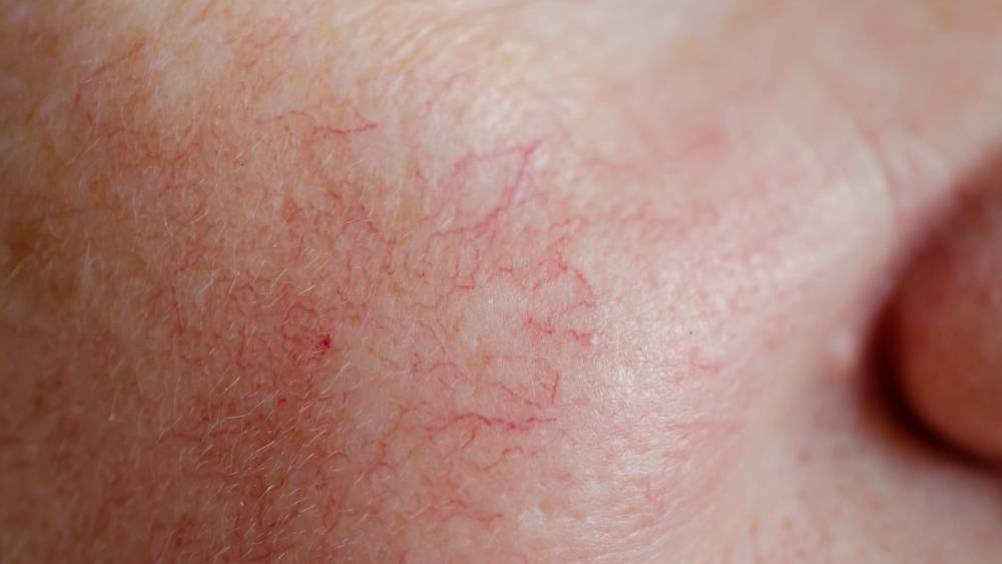References
Treatment of thread veins with intense pulsed light

Abstract
This article will explore the treatment of thread veins using the well-established and common modality of intense pulsed light.
The diagnosis of these veins and a variety of treatment options will also be detailed, and the mechanism of action of intense pulsed light will be analysed, explaining how it delivers satisfactory clinical and cosmetic outcomes. Transdermal laser and intense pulse light will also be compared.

Intense pulsed light (IPL) devices were first introduced into medical practice in 1997 and have since attained a wide cosmetic application in dermatology (Raulin et al, 1997). Since its introduction, IPL has been used to treat vascular lesions, pigmented lesions and excess or unwanted hair. IPL can be defined as a non-laser incoherent light emitted from a high output flashlamp at a concentrated point, which triggers energy absorption in the affected areas (Goldberg, 2012). It has reached a level of safety and effectiveness that has seen its adoption by a broad range of commercial cosmetic platforms across the globe. Today, it is a popular and reasonably affordable treatment that is often offered in lieu of laser treatments for its affordability and, in the case of newer IPL technologies, its equal or increased effectiveness in the treatment of certain cosmetic dermatological conditions.
Register now to continue reading
Thank you for visiting Journal of Aesthetic Nurses and reading some of our peer-reviewed resources for aesthetic nurses. To read more, please register today. You’ll enjoy the following great benefits:
What's included
-
Limited access to clinical or professional articles
-
New content and clinical newsletter updates each month


